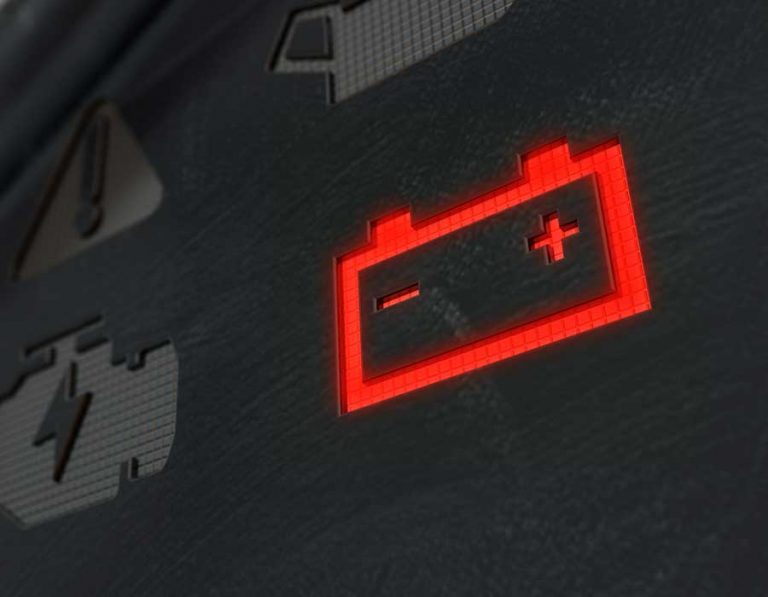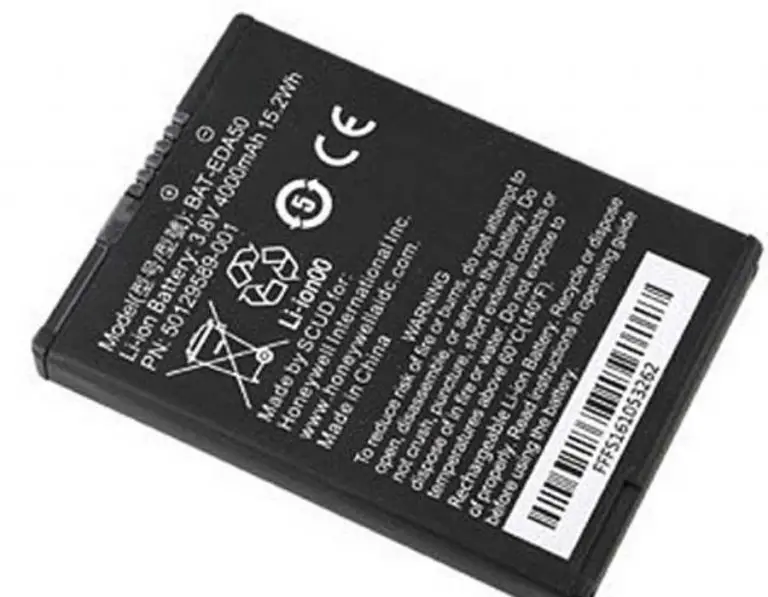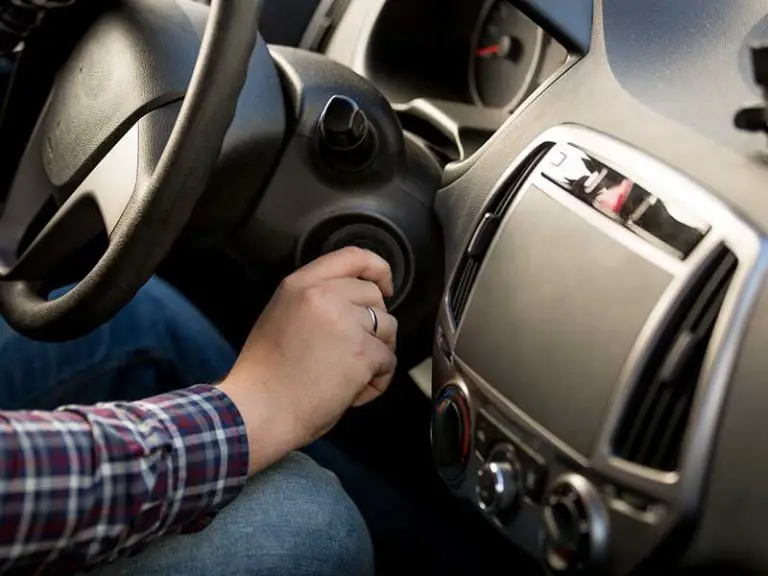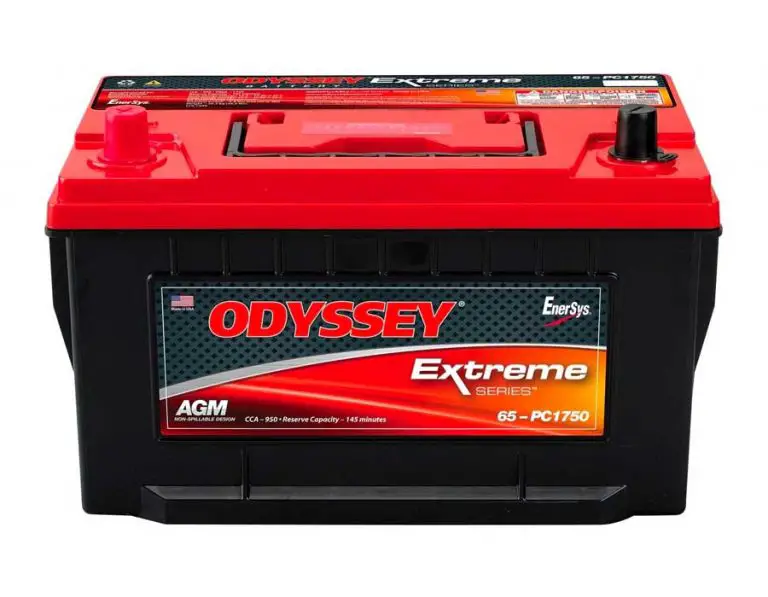How Long To Charge A Car Battery At 50 Amps: Guide 2021
Chargers are rated by the amperage they can supply. Using a charger with a high amp rating will charge your car’s battery faster than one with a low amp rating. However, a low-amp charger will ensure that your car battery stays fully charged for a prelonged period of time.
Charge time for a 50 Amp car battery
- According to industry certain experts, a 50-amp car battery can be charged for an hour or five hours.
- The battery charger would need to be compatible with the battery itself and the battery would not have a defect.
- The batteries themselves as well as the battery chargers have to be compatible with one another for them to function well and be in synchronization.
- Battery manuals for car batteries contain information about what chargers are compatible with that battery.
- Fast charging is the only drawback of this battery charger.
- In order to prevent the device from being overcharged, you need to set a time at which it will stop charging.
- It is not good for either the car engine or the environment if the battery is overcharged. An explosion can occur, and the sulfuric acid will be released.
- The battery must also be assessed for its condition aside from the charger’s compatibility and the battery’s capacity.
- In most cases, a battery that is below 12.2 V has a chance of getting fully charged in no more than 12 hours when it is being charged using a trickle charger, since they are designed to charge slowly.
Formula for calculating charge time:
The following formula helps us to calculate the charging time of batteries, especially those charged with a 50 amp charger:
➔ Chargers and batteries need to be able to charge the batteries at the same time. (The capacity of the battery and the depth of discharge) divided by amperage equals the charging time.
1. Battery = Capacity of the Battery x Depth of Discharge
➔ The following calculation can be used to determine how long it will take to recharge a car battery:
2. Time needed for charging (hr) = [Amp hours – (charge percentage * amp hours)] / charger amps
Fast charging with 50 amps could be risky:
- It would be great to have a 50 amp charger. But you should still be cautious.
- It is possible that the battery will overheat at that rate.
- A faster charge is achieved by increasing the amps.
- After the battery is fully charged, you will usually encounter problems if the charger is left plugged in.
- When you have finished charging the battery, take it off the charger as soon as possible after it has been fully charged.
- It is better to use a slower charger in order to avoid this danger. With a charger of 10 or 12 amps, the job gets done safely and reasonably quickly.
Charge duration calculation:
A simple formula can be used to determine how long a charge will last. By multiplying the battery capacity by 0.6, you get the battery reserve capacity. In order to determine when your vehicle will be at full capacity again, it is helpful to determine the amount of time your vehicle will need to be at full capacity for. There are a variety of chargers with different amps. Car batteries are charged differently by each charger. Your battery will charge faster if your charger has a higher amp rating.
The Example Scenario:
Consider the following examples assuming your battery has a reserve capacity of 100 minutes. 100 amp hours are divided by 0.5 to determine how long it takes to power. This will result in a 50 amp hour.
People Might ask
| Is it possible to start a car with 50 amps?
When the engine is started, the engine start function can provide a current of up to 50 Amps. Automatic-reset overload breakers protect against this overload, and at this output level, there is a maximum cranking time of five seconds. |
| Is it possible to charge a battery at 40 amps?
The 40 amp charger is a great choice if you want to charge your battery quickly and efficiently. With the help of the 40 amp charger, your car will be able to start even with a completely dead battery. |
| Is it safe to charge the battery of a car at 50 amps?
Fast charging at 50 amps is possible, but you should practice safety. You should be careful, though. Those speeds pose a risk of overheating the battery. A faster charge is achieved by increasing the amps. When you have finished charging the battery, take it off the charger as soon as possible after it has been fully charged. |
| How long can you charge a battery at 40 amps?
An average car battery can be charged in two hours, according to some experts. Car batteries should not be charged for more than 2 hours at 40 amps. Car batteries should not be charged at a high speed and should be charged in short bursts. Explosions may result if this is not done. |
Conclusion:
Our car battery chargers should also be considered since they differ from car engines. If these chargers are not compatible, or if they are overcharged, they may also damage the car battery’s health. Car battery chargers come in a variety of shapes and sizes. If you choose a trickle charger, you can use either a standard charger or the charger of your choice.
Additionally, we also have a way of determining the charging time based on the type of car battery we are using and the battery charger we will be using. If you want to view the reserve capacity value of a car battery, you must consult the user guide of the battery manufacturer. Once this has been done, multiply by 0.6. From this, you will be able to calculate the charging time per amp-hour. Further, according to some experts, car batteries can be charged in an hour on average and up to five hours at the maximum, but Battery at 50 Amps has a charge rate of 1 hour at the most, which is good but risky.






